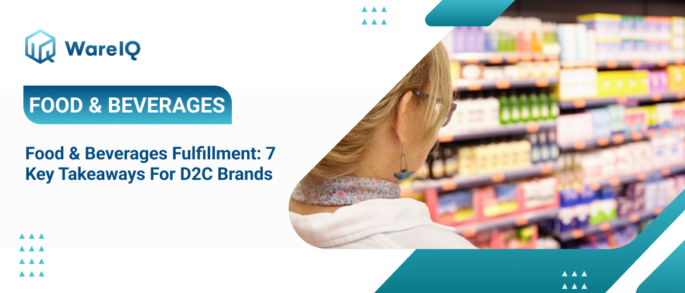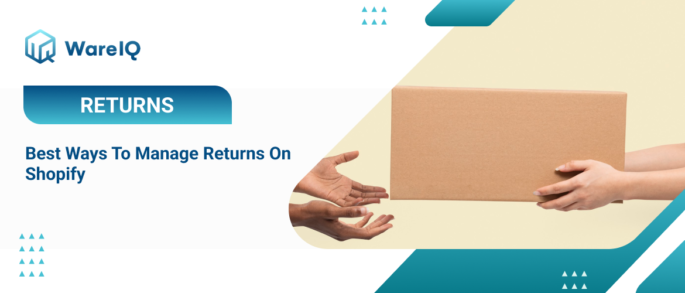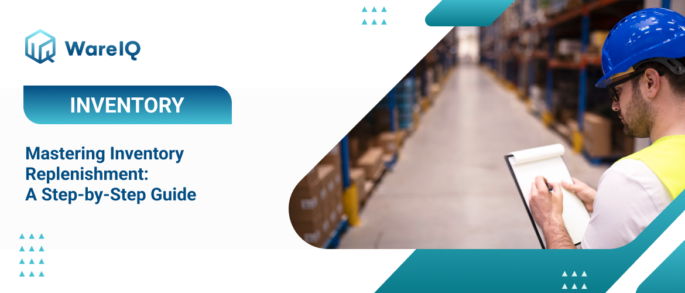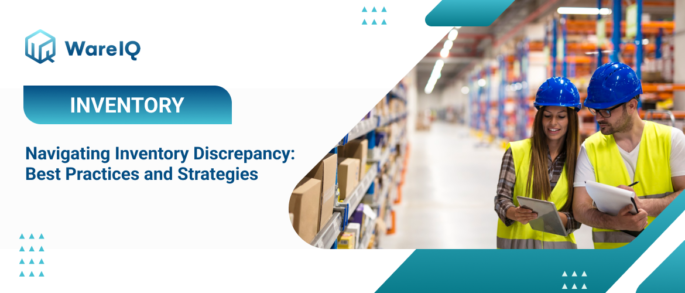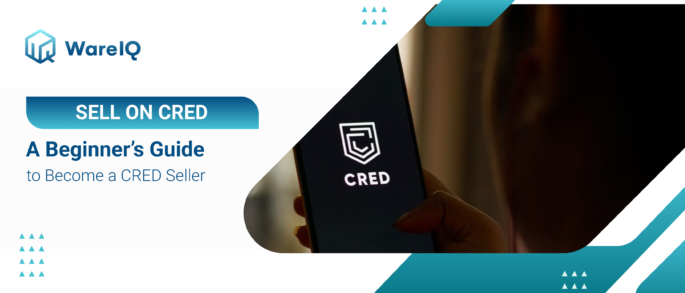Blogs

How to get Amazon Prime Badge for Your Product Listings on Amazon
Amazon Prime Badge, there is no doubting the enormous potential of selling on Amazon India as an e-commerce business. Amazon offers a great platform for reaching a broad client base thanks to its millions of active buyers and solid infrastructure. Offering Amazon Prime is one of the best strategies to improve your product listings on Amazon India. In this comprehensive article, we'll go through how to obtain Amazon Prime on your product listings, giving you a marketing advantage.Becoming an Amazon Prime SellerYou must meet a number of requirements before you can apply to become an Amazon Prime seller. Achieving a high level of performance metrics, such as quick and dependable shipping, low order failure rates, and superior customer service, is one of the crucial needs. Partnering with the top courier service for your e-commerce firm is essential at this point.1. Choosing the Right Shipping AggregatorYou may satisfy Amazon Prime's delivery criteria by streamlining your operations with the aid of a shipping aggregator. Choose a shipping aggregator that has a seamless connection with Amazon's fulfilment system, dependable tracking, affordable delivery costs, and a wide range of trusted logistics partners. You may effectively manage your shipping operations and raise your chances of becoming an Amazon Prime seller by working with the correct shipping aggregator.2. E-commerce Delivery Partners and Logistic Transportation CompaniesYou can think about collaborating with an e-commerce delivery partner or a logistic transportation provider in addition to a shipping aggregator. These businesses specialise in overseeing the full logistics process, including order fulfilment and warehousing. You may concentrate on your main company operations while assuring quick and effective delivery for your clients by outsourcing your logistics to a dependable partner.3. Meeting Amazon Prime’s Delivery RequirementsYou must make sure that your items adhere to Amazon's shipping specifications if you want to be eligible for Amazon Prime. This entails abiding by particular packaging requirements, confirming your items qualify for Prime delivery, and keeping precise stock levels. You may increase your chances of having your product listings accepted for Amazon Prime by strictly adhering to these recommendations.4. Amazon Delivery Partner ProgramA different choice to think about is signing up for the Amazon Delivery Partner programme. With the help of this programme, you may use Amazon's extensive delivery network to complete your shopping. You may utilise Amazon's logistical infrastructure, including its technology and delivery trucks, by signing up as an Amazon Delivery Partner. This can greatly improve your delivery capabilities and raise the likelihood that you'll be accepted for Amazon Prime.5. Optimizing Your Product ListingsIt's crucial to optimise your product listings once you've successfully integrated Amazon Prime in order to increase exposure and conversions. This entails creating intriguing product names, illuminating descriptions, and making good use of visuals. Encourage your pleased customers to submit glowing reviews as well, since this may have a big influence on how well your business does in terms of sales.How to Become an Amazon Prime Seller?One of the finest methods to possibly increase your sales is to take advantage of specials and discounts. You will have the opportunity to provide a variety of alluring bargains to get buyers to buy your goods during seasonal sales and regular sale weeks on Amazon. Discounted pricing improve the likelihood of generating a large amount of sales and aid in luring clients. In times of extraordinary deals, customers frequently make larger purchases. You may use coupons and lightning deals to create time-limited promotions for your items. To delight customers, you may also automate merchandising to display your coupons in search results, product pages, deal listing pages, and even carts.Fulfilment by Amazon (FBA)Prime services are offered on all products on Amazon that are fulfilled by Amazon. Being an FBA seller, your products will be eligible for Prime and the Amazon Prime badge will appear for all such products on the Amazon India marketplace. All you have to do is sign up for FBA.To register for FBA, you can visit your seller account and navigate to Settings > Account Info > My Service and then register for FBA.Local Shops on AmazonLocal shops on Amazon is a program that allows you to register your physical store on Amazon and serve more customers from the local area.With this program, you get access to the Amazon Prime Badge that helps customers around you discover you faster on Amazon.Seller Fulfilled Prime (SFP)Also known as Easy Ship Prime, it allows you to provide a Prime experience to customers for your Easy Ship products from your own facility without any additional cost.This is an Invite Only Program for our Easy Ship Sellers. Under the Easy Ship program, you store and pack your inventory at your facility and then Amazon delivers them within 2-4 days when you receive an order. It reduces the cost of shipping for you.Seller FlexTo save the cost and efforts of shipping inventory from seller premises to Amazon’s fulfilment centre, Amazon offers FBA services to your own storage facility. This program is called Seller Flex.This means you get all the benefits of FBA, including the Amazon Prime Badge, now at your doorstep.Credits: AmazonHow to get the Amazon Prime BadgeHere are the steps on how to get the Amazon Prime badge:Become an FBA Seller: You must be a Fulfillment by Amazon (FBA) seller in order to be eligible for the Amazon Prime badge. In other words, Amazon handles the packing, shipping, and customer service for your goods, and you store them in Amazon's fulfilment centres.Ensure Eligibility: Verified that your goods are eligible for Amazon Prime. Amazon has certain requirements for being included in its Prime program, and not all products are eligible.List Your Products: On Amazon Seller Central, create product listings for your goods and make sure that they comply with Amazon's product detail page requirements.Set Competitive Prices: Offer your products at competitive prices. Because you are a Prime seller, your products will be competing with other Prime-eligible products, and competitive pricing is crucial.Opt for Prime Shipping: Opt-in for Prime shipping on your product listings. This will automatically make Prime members' products eligible for Prime two-day shipping.Maintain Inventory: Keep sufficient inventory of your products in Amazon fulfilment centres to meet customer demand. Your Prime eligibility may be affected by frequent stock shortages.Provide Excellent Customer Service: Keep high seller metrics and provide excellent customer service to give Amazon customers a positive shopping experience.Monitor Performance: Regularly check your Amazon Seller Central performance metrics to find and fix any issues that may affect your Prime eligibility.Consider Amazon Prime Exclusive Deals: To attract more Prime members to your listings, participate in Amazon Prime exclusive deals and promotions.Request a Review: You can contact Amazon Seller Support to request a review if you think your products meet all Prime eligibility requirements but the Amazon Prime badge is not showing on your listings.You may also like to read: 2024 Guide on Amazon Seller Fulfilled PrimeConclusionThere is no doubting the enormous potential of selling on Amazon India as an e-commerce business. Being an FBA seller, your products will be eligible for Prime and the Amazon Prime badge will appear for all such products on the Amazon India marketplace. Local shops on Amazon is a program that allows you to register your physical store on Amazon and serve more customers from the local area. With this program, you get access to the Amazon Prime Badge that helps customers around you discover you faster on Amazon. Another Programme called Seller Flex provides all the benefits of FBA, including the Amazon Prime Badge at your doorstep.Suggested read - Top 10 Products to Export From India
August 07, 2023
